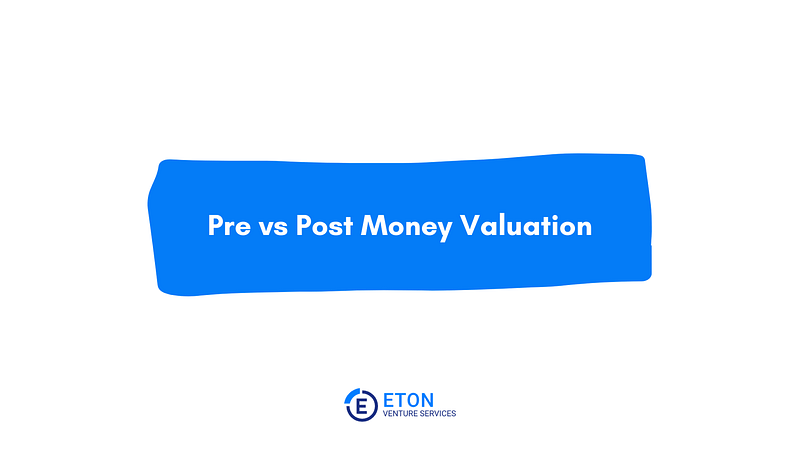Scarcity is one of the main drivers of NFT value. NFTs that are rare and hard to come by are generally more valuable than those that are more common. Tangibility can affect scarcity in a number of ways. For example, an NFT that represents a physical asset, such as a piece of artwork, may be more scarce than one that is purely digital. This is because the physical asset can only be represented by a limited number of NFTs, whereas a purely digital asset can be infinitely replicated. One good example of how scarcity affects NFT value is “The World’s First Tweet” by Jack Dorsey, then the CEO of Twitter. Dorsey sold the first-ever tweet as an NFT in March 2021 for $2.9 million. The scarcity of owning the original tweet, combined with the historical significance of the first-ever tweet, drove the high valuation.
The Link Between Uniqueness, Tangibility, and NFT Valuation
Uniqueness is another key factor in NFT valuation. NFTs that are one-of-a-kind or have unique features are generally more valuable than those that are more generic. Tangibility can affect uniqueness in a number of ways as well. An NFT that represents a physical asset, such as a rare coin or stamp, may be more unique than one that represents a purely digital asset. One famous example of how uniqueness may impact value is NFT known as NBA Top Shot “Cosmic” LeBron James Dunk. NBA Top Shot is a platform for buying, selling, and trading officially licensed NBA collectibles in the form of NFTs. In February 2021, a “Cosmic” LeBron James Dunk NFT sold for $208,000, making it one of the most expensive NBA Top Shot NFTs ever sold. The high valuation was due to the rarity of the NFT, as it was only one of 49 “Cosmic” LeBron James Dunks ever produced.
Demand is also an important factor in NFT valuation. NFTs that are in high demand are generally more valuable than those that are not. Tangibility can affect demand in a number of ways. For example, an NFT that represents a physical asset may be more desirable to collectors who are interested in owning the physical asset as well as the digital representation. One well-known example for how demand impacts NFT value is the Bored Ape Yacht Club. Bored Ape Yacht Club (BAYC) is a collection of 10,000 unique digital ape NFTs that were released on the Ethereum blockchain in April 2021. After release, demand for BAYC NFTs surged, with some apes selling for over $1 million. The high demand for BAYC NFTs is driven by the NFTs’ rarity, as well as their strong community and social media presence.
While tangibility may not be the sole determinant of NFT value, it can have a significant impact on the key factors that affect NFT valuation, including scarcity, uniqueness, and demand. It is therefore important to consider tangibility when valuing NFTs in order to arrive at an accurate and realistic fair market value.
Scarcity and tangibility
Scarcity is one of the most important factors that drive the value of NFTs. As with any other asset, the rarer an NFT is, the more valuable it is likely to be. Tangibility also plays a crucial role in determining scarcity, which in turn affects NFT valuation. In general, tangible assets are more likely to be scarce than intangible assets. This is because tangible assets are physical objects that have a limited supply, whereas intangible assets like digital files can be infinitely reproduced. However, when it comes to NFTs, the relationship between tangibility and scarcity is more complex.
On the one hand, the fact that NFTs are digital assets means that they can be infinitely reproduced. However, the fact that they are unique and have a verifiable ownership history makes them scarce in a different way. Tangibility can enhance this scarcity by making it more difficult to create counterfeits or duplicates.
For example, CryptoPunks are a popular NFT project that consists of 10,000 unique 8-bit characters. While the images themselves are not tangible, the fact that they are unique and verifiably owned makes them scarce. However, the fact that they are also highly recognizable and distinctive (due to their 8-bit design) enhances their scarcity even further.
Similarly, as noted above, the NBA Top Shot NFTs are collectible highlights of memorable basketball moments. While the moments themselves are not tangible, the fact that they are unique and verifiably owned makes them scarce. The fact that they are also licensed by the NBA and feature high-quality footage enhances their scarcity even further.
In both of these examples, tangibility (or the lack thereof) plays a role in determining scarcity, which in turn affects the value of the NFTs.
Uniqueness and tangibility
Uniqueness is another important factor that drives the value of NFTs. The more unique an NFT is, the more valuable it is likely to be. Tangibility can play a role in determining uniqueness, which in turn affects NFT valuation. In general, tangible assets are more likely to be unique than intangible assets. This is because tangible assets are physical objects that can be differentiated based on their physical characteristics (e.g., size, shape, color, etc.). However, when it comes to NFTs, the relationship between tangibility and uniqueness is once again more complex.
On the one hand, the fact that NFTs are digital assets means that they can be infinitely reproduced. However, the fact that they are unique and have a verifiable ownership history makes them valuable in a different way. Tangibility can enhance this uniqueness by making it more difficult to create duplicates or fakes.
For example, an NFT that represents a physical artwork can be both tangible and unique. The physical artwork is tangible, and the NFT that represents it is unique and verifiably owned. This enhances the value of the NFT by creating a connection between the physical artwork and the digital representation. Beeple’s “The First 5000 Days” is a great example of this. In March 2021, Beeple’s NFT artwork “The First 5000 Days” sold for $69 million at a Christie’s auction. The artwork was unique in that it represented a collection of Beeple’s digital artwork from the past 13 years. While the artwork itself was purely digital, Christie’s offered a physical frame and a digital display that would display the artwork in 4K resolution, adding a tangible element to the purchase.
Demand and tangibility
Demand is a crucial factor that affects the value of NFTs. When there is a high demand for a particular NFT, its value increases. Tangibility can affect demand in a number of ways:
Tangible NFTs tend to be more appealing to collectors who prefer to own something physical. This can create a higher demand for tangible NFTs and result in higher valuations compared to intangible NFTs;
The tangibility of an NFT can affect the perceived authenticity of the asset. For example, if an NFT represents a physical artwork or collectible, having a tangible representation of the NFT can help to establish its authenticity and increase demand for the asset; and
The tangibility of an NFT can also influence its use cases. Tangible NFTs can be used in more diverse ways compared to intangible NFTs. For example, a tangible NFT can be displayed in a physical location, or used in a game or virtual reality environment, which can increase its appeal and demand.
Examples of how demand and tangibility have influenced NFT prices include the sale of the CryptoPunk NFTs, which are tangible pixelated images, and the Bored Ape Yacht Club NFTs, which are also tangible digital assets that have gained popularity and high valuations in the NFT market. The sale of NFTs by Grimes, the musician and artist, in February 2021, is another good example. Each NFT was accompanied by a physical piece of artwork that was created by the artist. The sale generated significant interest and demand due to Grimes’ popularity, the unique combination of digital and physical elements, and the scarcity of the NFTs. The sale was notable for its timing, which coincided with a period of increased interest and hype surrounding NFTs. Overall, the Grimes NFT sale was a successful and high-profile example of the growing trend of using NFTs to sell digital artwork.
Analyzing the Grimes NFT Sale: A Study in Demand and Tangibility
The demand factor in the Grimes NFT sale can be explained by several key elements:
Grimes is a well-known musician and artist with a significant fan base. Her fan base is likely to be interested in owning a piece of her artwork, and the sale of NFTs provided a unique opportunity for them to do so. As a result, demand for Grimes’ work was high from the outset, creating a strong foundation for the sale.
The unique combination of digital and physical elements in the sale added to the appeal of the NFTs. Each NFT was accompanied by a physical piece of artwork, which added an additional layer of value and rarity to the sale. This physical component is not typically included in NFT sales, which are typically only digital assets, making Grimes’ sale stand out even further.
The timing of the sale was also a significant factor in the demand for the NFTs. The sale took place in February 2021, during a period of increased interest and hype surrounding NFTs. The sale of a high-profile artist’s work during this time only added to the frenzy and demand for NFTs, driving up the value of Grimes’ NFTs even further.
The scarcity of the NFTs also played a role in the demand for the sale. There were only a limited number of NFTs available, and once they were sold, they would be gone forever. This sense of exclusivity and rarity created a sense of urgency among potential buyers, further driving up demand.
Grimes capitalized on her popularity, the unique combination of physical and digital elements, the timing of the sale, and the scarcity of the NFTs all contributed to the high demand and value of the Grimes NFT sale.








